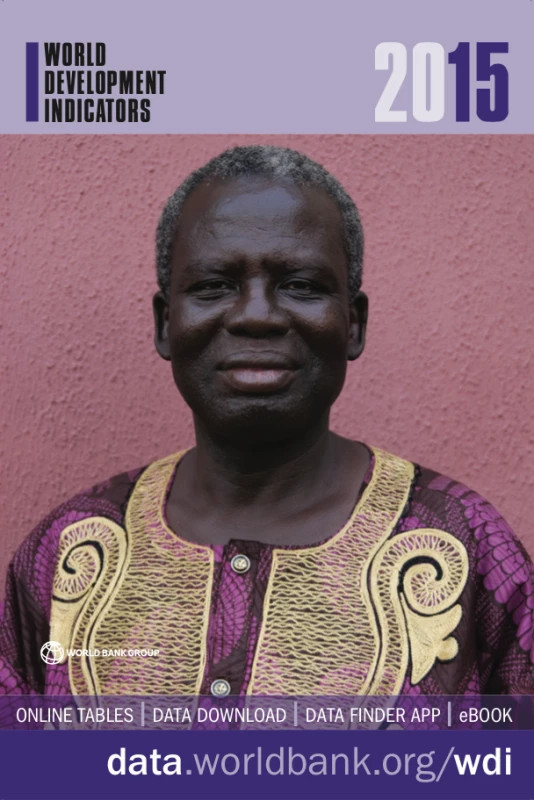
While the seasoned WDI user will know that the database is updated quarterly and historical versions are also available, for those new to the WDI, the annual release of a new edition is an opportunity to review the trends we’re seeing in global development and to take stock of what’s been achieved.
Varied progress across regions and Millenium Development Goal Targets
Click for interactive MDG Dashboard
The year 2015 is when the world aimed to achieve the targets set out in the Millennium Development Goals. Some have been met. The rate of extreme poverty and the proportion of people without access to safe drinking water were both halved between 1990 and 2010, five years ahead of schedule. Similarly, the targets on gender equality in primary and secondary education and the incidence of Tuberculosis are projected to be met by 2015, although gender disparity remains prevalent in other areas such as economic empowerment and decision making.
But some targets have not been achieved, and the aggregates used to measure global trends can mask the uneven progress in some regions and countries.For example, there’s been weaker progress on education and health-related MDGs. The primary school completion rate reached 90 percent by 2009, but progress is slightly off track to meet the target of a universal completion rate by 2015. Progress toward MDGs related to infant, child, and maternal mortality is also insufficient, and these goals will not be achieved without additional effort.
Want to know more? The interactive MDG Dashboards use WDI data to show whether the MDGs have been achieved by indicator, region, or country, and highlight the differences between countries and regions that underlie the trends.
New indicators, maps and tools for 2015
The WDI team
works closely with development professionals around the world to curate data relevant to their work. This years edition includes new indicators on:
Shared Prosperity, which shows that many countries have seen growth in income or consumption among the bottom 40 percent of the population in their welfare distribution;
Statistical Capacity, which measures improvements in the strengths of national statistical systems; and
Particulate Matter Concentrations which show that in many parts of the world, exposure to air pollution is increasing rapidly.
This year we’ve also introduced maps into the print publication and the updated WDI DataFinder Apps will launch later this month and continue to offer multilingual access to view tables, charts and maps that you can share via email and social media.
The Post-2015 Agenda
Click for interactive MDG Dashboard
This will be the last edition of World Development Indicators that reports on the Millennium Development Goals in the current manner. A new and ambitious set of goals and targets for development—the Sustainable Development Goals—will be agreed at the UN General Assembly in September 2015. Like the Millennium Development Goals before them, the Sustainable Development Goals will require more and better data to monitor progress and to design and adjust the policies and programs that will be needed to achieve them.
World Development Indicators is the result of a collaborative effort between the World Bank Data team, our colleagues across the institution, over 50 partner agencies and the statistical offices of more than 200 economies. We thank them all for their support, without which the WDI would not be possible.Next week we’ll be featuring a series of posts focussed on each of the Millenium Development Goals, stay tuned, and if you have any questions you can reach us on @worldbankdata or via our help desk.
WDI Resources
- A complete list of resources is available on the WDI Product Page
- Access the Online Tables
- View the print publication
- Download the Database in XLS and CSV format
- Query and visualize WDI Data using Databank
- Directly access the data via the API
- Download the Apps for iOS and Android (updates coming at the end of April)





Join the Conversation